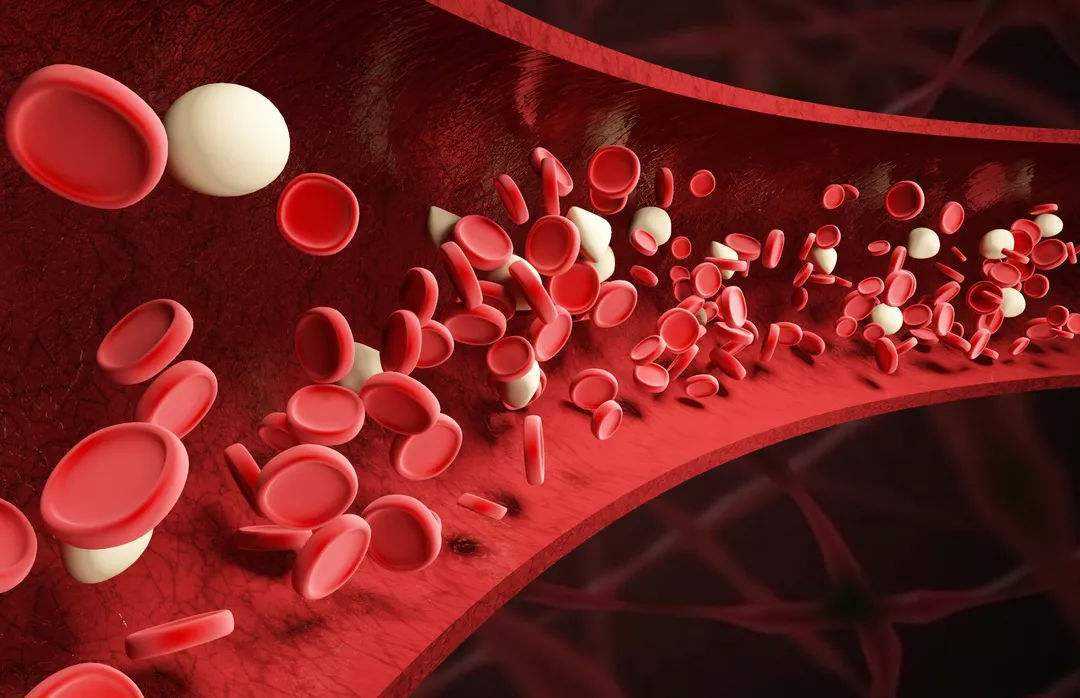Thrombosis is the most critical link leading to heart, brain and peripheral vascular events, and is the direct cause of death or disability. Simply put, there is no cardiovascular disease without thrombosis!
In all thrombotic diseases, venous thrombosis accounts for about 70%, and arterial thrombosis accounts for about 30%. The incidence of venous thrombosis is high, but only 11%-15% can be clinically diagnosed. Most venous thrombosis has no symptoms and is easy to be missed or misdiagnosed. It is known as the silent killer.
In the screening and diagnosis of thrombotic diseases, D-dimer and FDP, which are indicators of fibrinolysis, have attracted much attention due to their significant clinical significance.

01. First acquaintance with D-dimer, FDP
1. FDP is the general term for various degradation products of fibrin and fibrinogen under the action of plasmin, which mainly reflects the overall fibrinolytic level of the body;
2. D-dimer is a specific degradation product of cross-linked fibrin under the action of plasmin, and the increase of its level indicates the existence of secondary hyperfibrinolysis;
02. Clinical application of D-dimer and FDP
Exclude venous thrombosis (VTE includes DVT, PE)
The accuracy of D-dimer negative exclusion of deep vein thrombosis (DVT) can reach 98%-100%
D-dimer detection can be used to rule out venous thrombosis
♦Significance in the diagnosis of DIC
1. DIC is a complex pathophysiological process and severe acquired clinical thrombo-hemorrhagic syndrome. Most DICs have rapid onset, complex disease, rapid development, difficult diagnosis, and dangerous prognosis. If not diagnosed early and treated effectively, Often endanger the life of the patient;
2. D-dimer can reflect the severity of DIC to a certain extent, FDP can be used to monitor the development of the disease after the diagnosis is confirmed, and antithrombin (AT) helps to understand the severity of the disease and the effectiveness of heparin treatment The combination of D-dimer, FDP and AT testing has become the best indicator for diagnosing DIC.
♦Significance in malignant tumors
1. Malignant tumors are closely related to the dysfunction of hemostasis. Regardless of malignant solid tumors or leukemia, patients will have severe hypercoagulable state or thrombosis. Adenocarcinoma complicated by thrombosis is the most common;
2. It is worth emphasizing that thrombosis may be an early symptom of tumor. In patients with deep vein thrombosis that fail to detect the risk factors of bleeding thrombosis, there is likely to be a potential tumor.
♦Clinical significance of other diseases
1. Monitoring of thrombolytic drug therapy
In the course of treatment, if the amount of thrombolytic drug is insufficient and the thrombus is not completely dissolved, D-dimer and FDP will maintain a high level after reaching the peak; while excessive thrombolytic drug will increase the risk of bleeding.
2. Significance of small molecule heparin treatment after surgery
Patients with trauma/surgery are often treated with anticoagulant prophylaxis.
Generally, the basic dose of small molecule heparin is 2850IU/d, but if the patient's D-dimer level is 2ug/ml on the 4th day after surgery, the dose can be increased to 2 times a day.
3. Acute aortic dissection (AAD)
AAD is a common cause of sudden death in patients. Early diagnosis and treatment can reduce the mortality rate of patients and reduce medical risks.
The possible mechanism for the increase of D-dimer in AAD: After the middle layer of the aortic vessel wall is damaged due to various reasons, the vascular wall ruptures, causing blood to invade the inner and outer linings to form a "false cavity", due to the true and false blood in the cavity There is a big difference in the flow speed, and the flow speed in the false cavity is relatively slow, which can easily cause thrombosis, cause the fibrinolytic system to be activated, and ultimately promote the increase of D-dimer level.
03. Factors affecting D-dimer and FDP
1. Physiological characteristics
Elevated: There are significant differences in age, pregnant women, strenuous exercise, menstruation.
2.Disease impact
Elevated: cerebrovascular stroke, thrombolytic therapy, severe infection, sepsis, tissue gangrene, preeclampsia, hypothyroidism, severe liver disease, sarcoidosis.
3.Hyperlipidemia and the effects of drinking
Elevated: drinkers;
Reduce: hyperlipidemia.
4. Drug effects
Elevated: heparin, antihypertensive drugs, urokinase, streptokinase and staphylokinase;
Decrease: oral contraceptives and estrogen.
04. Summary
D-dimer and FDP detection are safe, simple, fast, economical, and highly sensitive. Both of them will have varying degrees of changes in cardiovascular disease, liver disease, cerebrovascular disease, pregnancy-induced hypertension, and pre-eclampsia. It is important to judge the severity of the disease, monitor the development and change of the disease, and evaluate the prognosis of the curative effect. effect.


 Business card
Business card Chinese WeChat
Chinese WeChat English WeChat
English WeChat